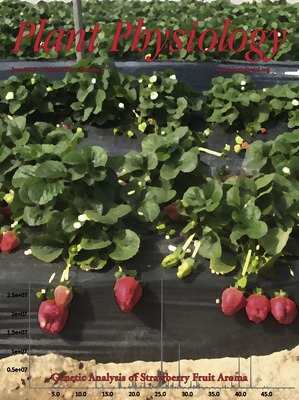Today's fun fact: Forests are inherently socialist. Seriously.
In a forest, most plants are linked together by an underground network of mycorrhizal fungi. Via the fungi, the plants share resources around so that they can all benefit. Wha's more, the plants contribute more or less depending on how much they have. Plants with more resources contribute more to their community, helping to nurture the small, young, and weak ones.
This is one of my favourite random pieces of knowledge!
Don't take my word for it either. There's scientific literature about plants sharing resources. This paper, Walder et al (2012) is free to read.
This same principle, incidentally, is why intercropping works.

@InvaderXan I really recommend people look up a book called 'the hidden life of trees' as a good layman introduction to how forests are incredible

